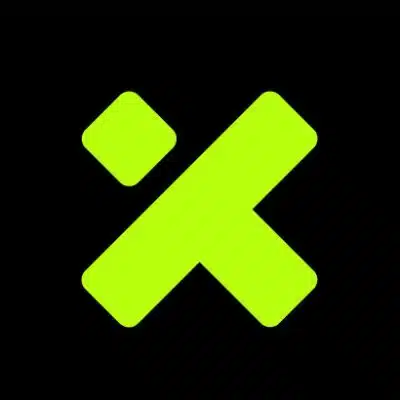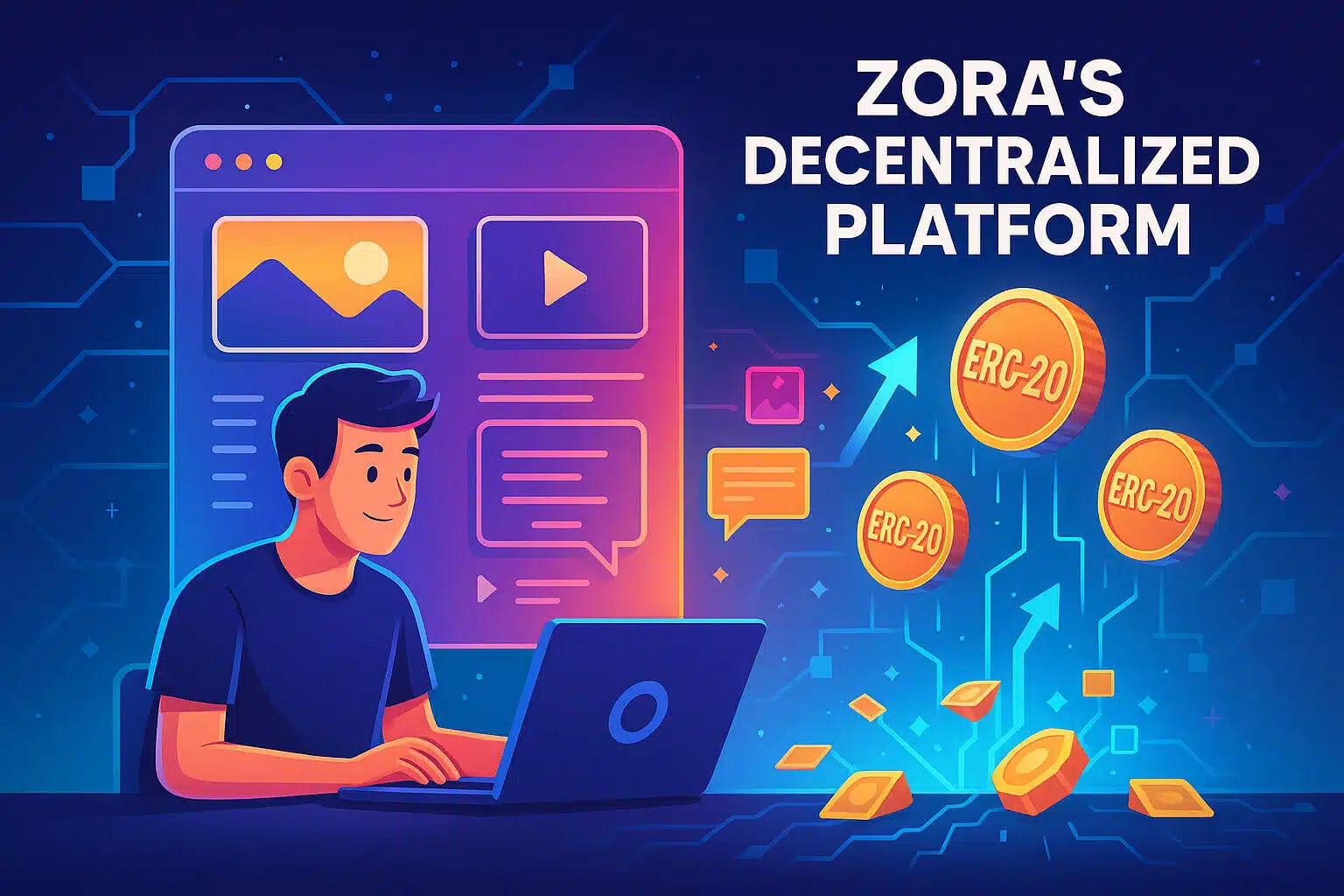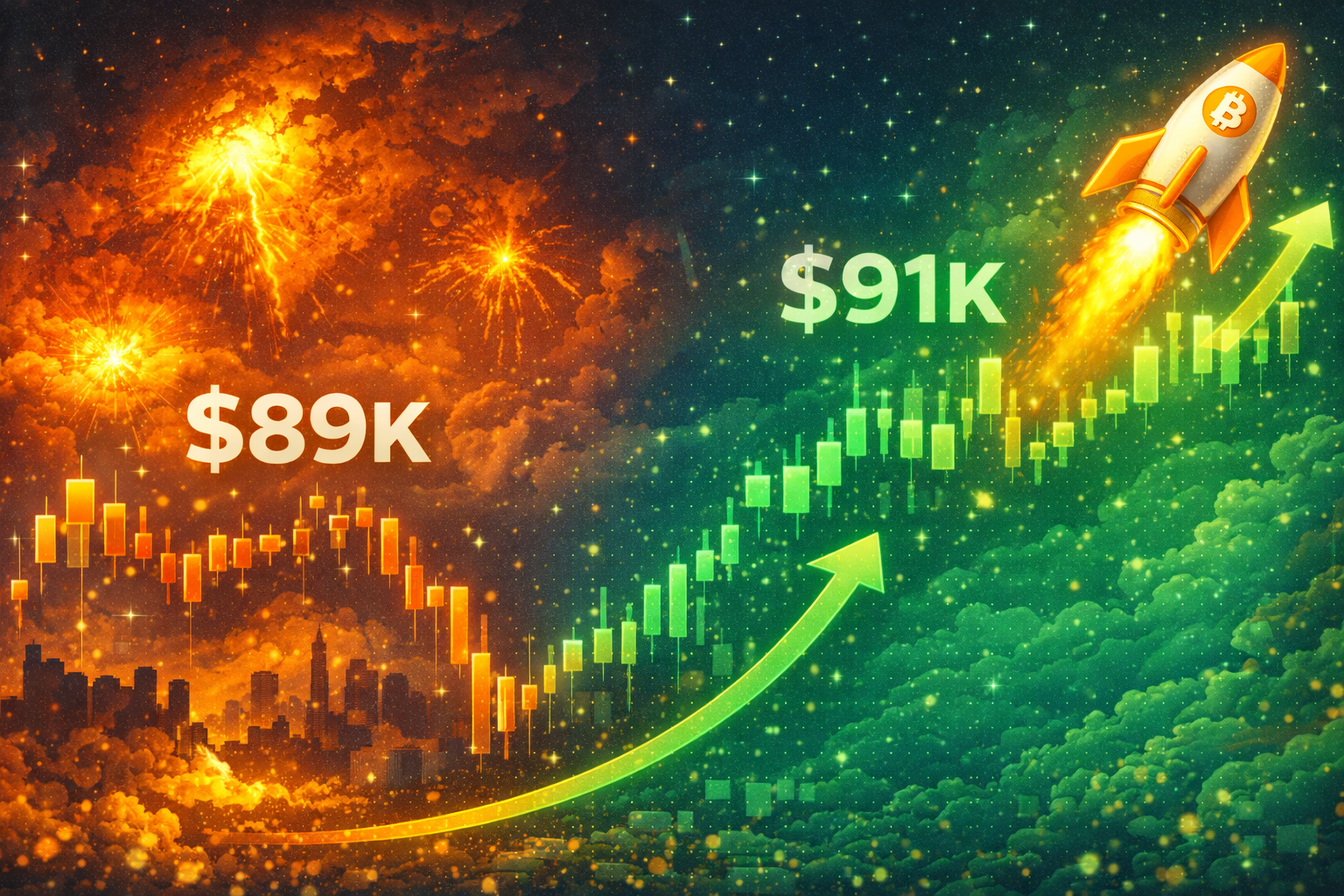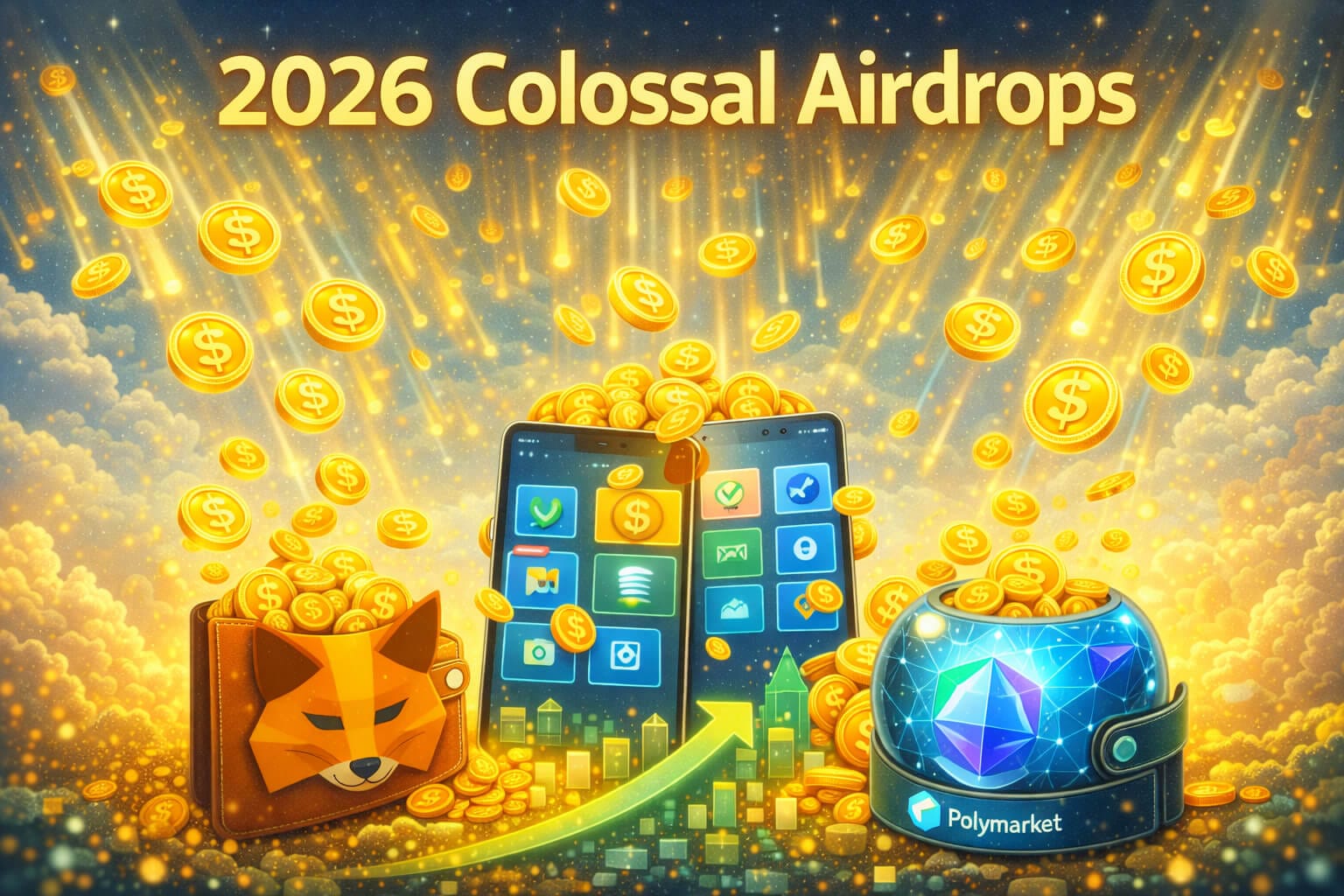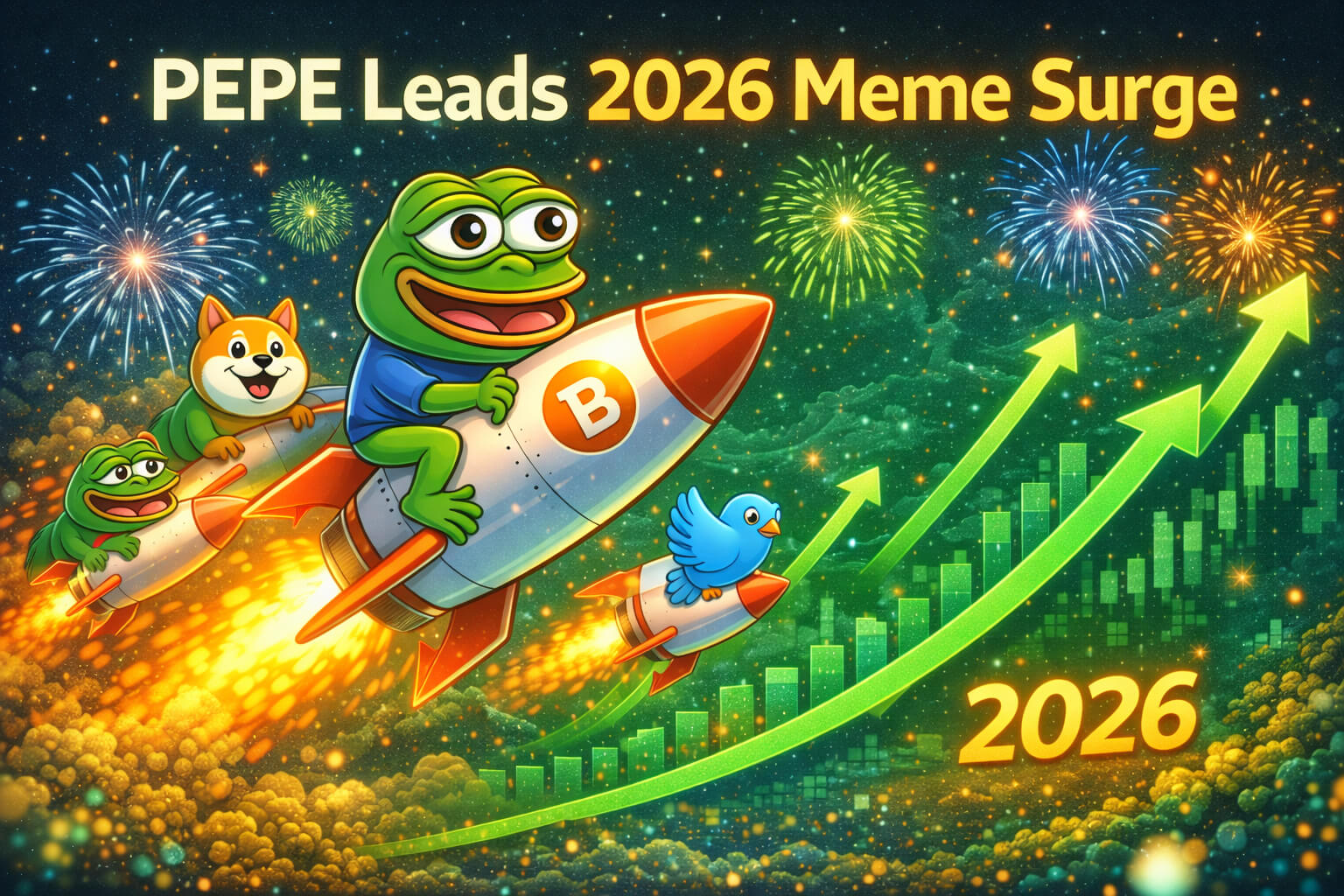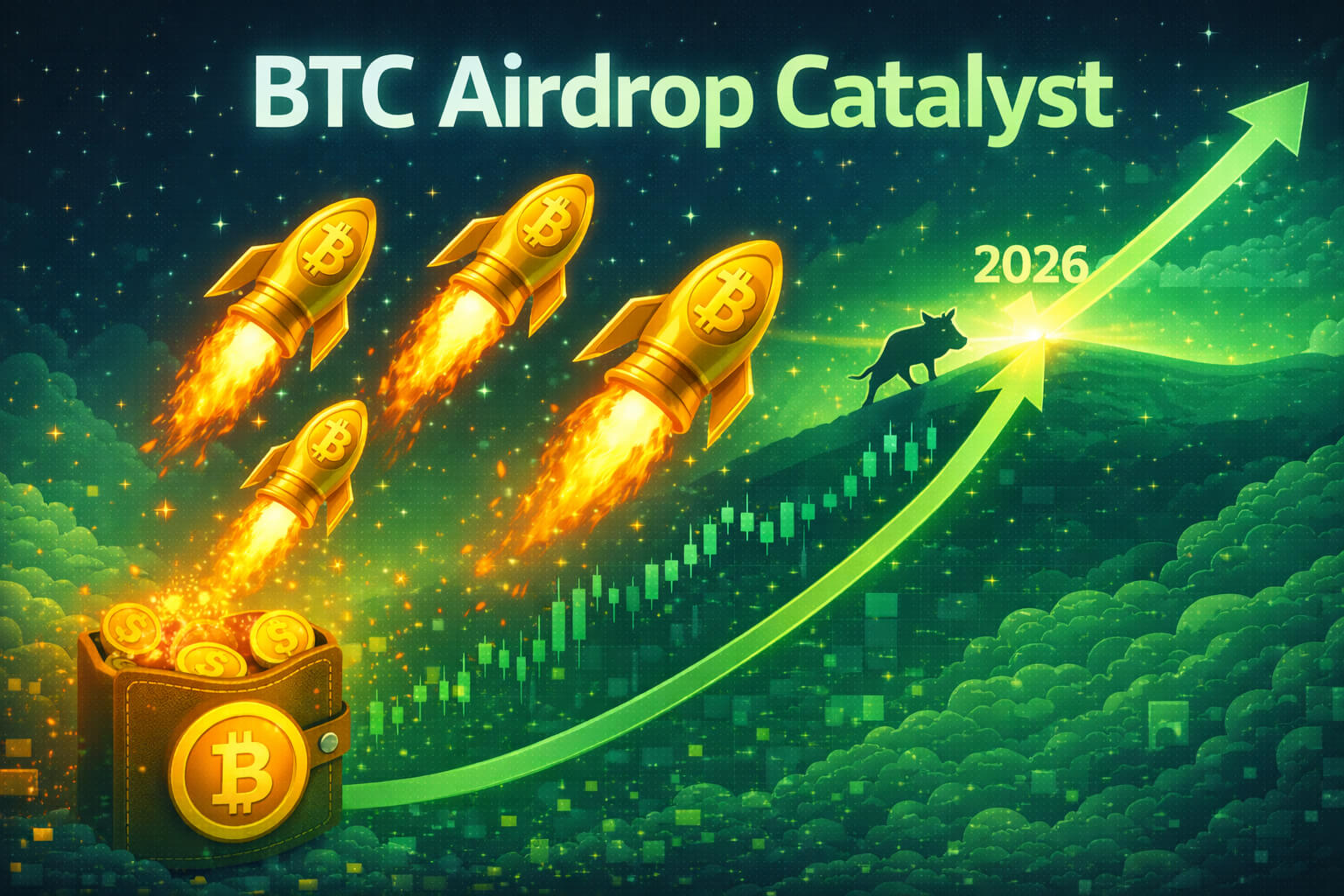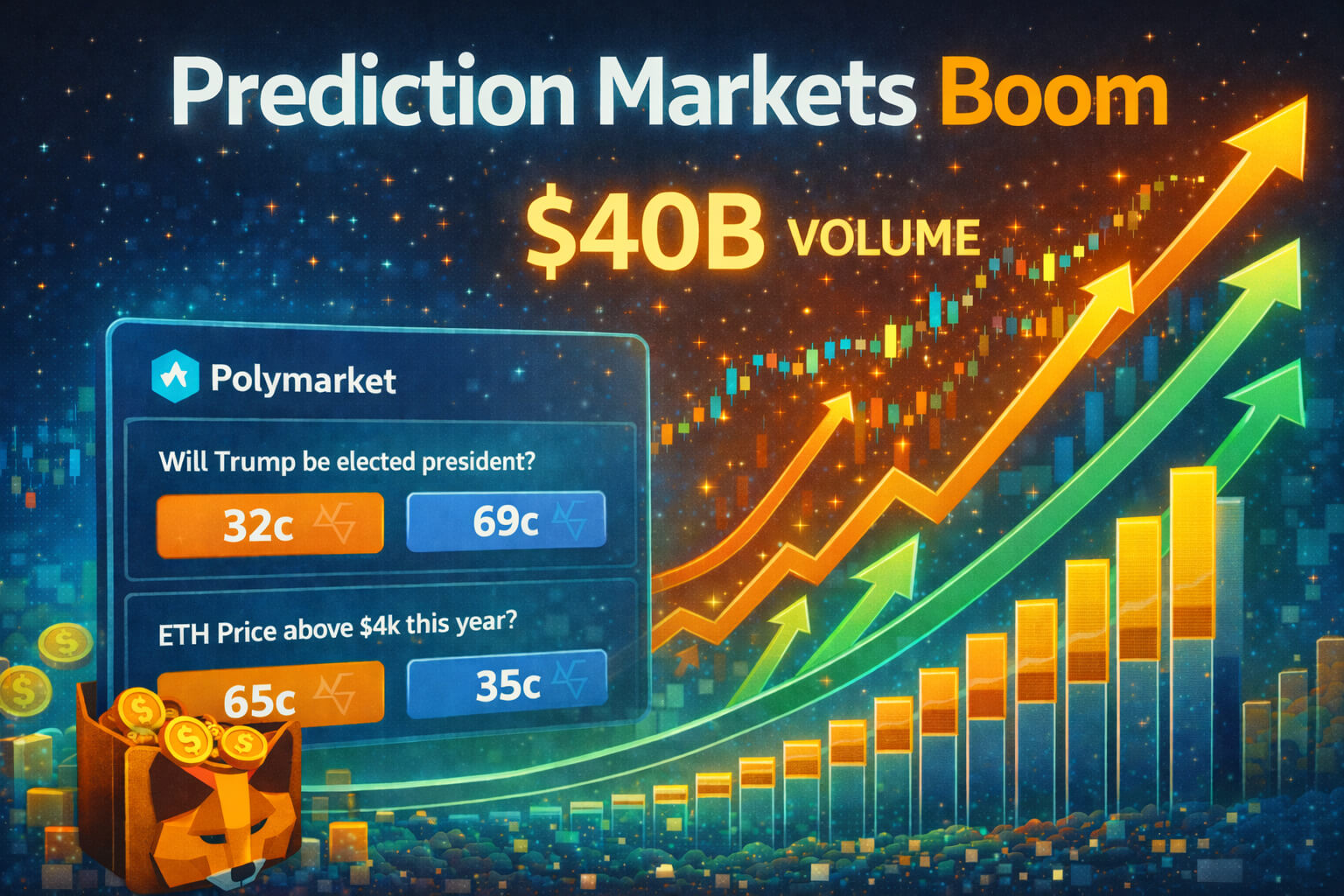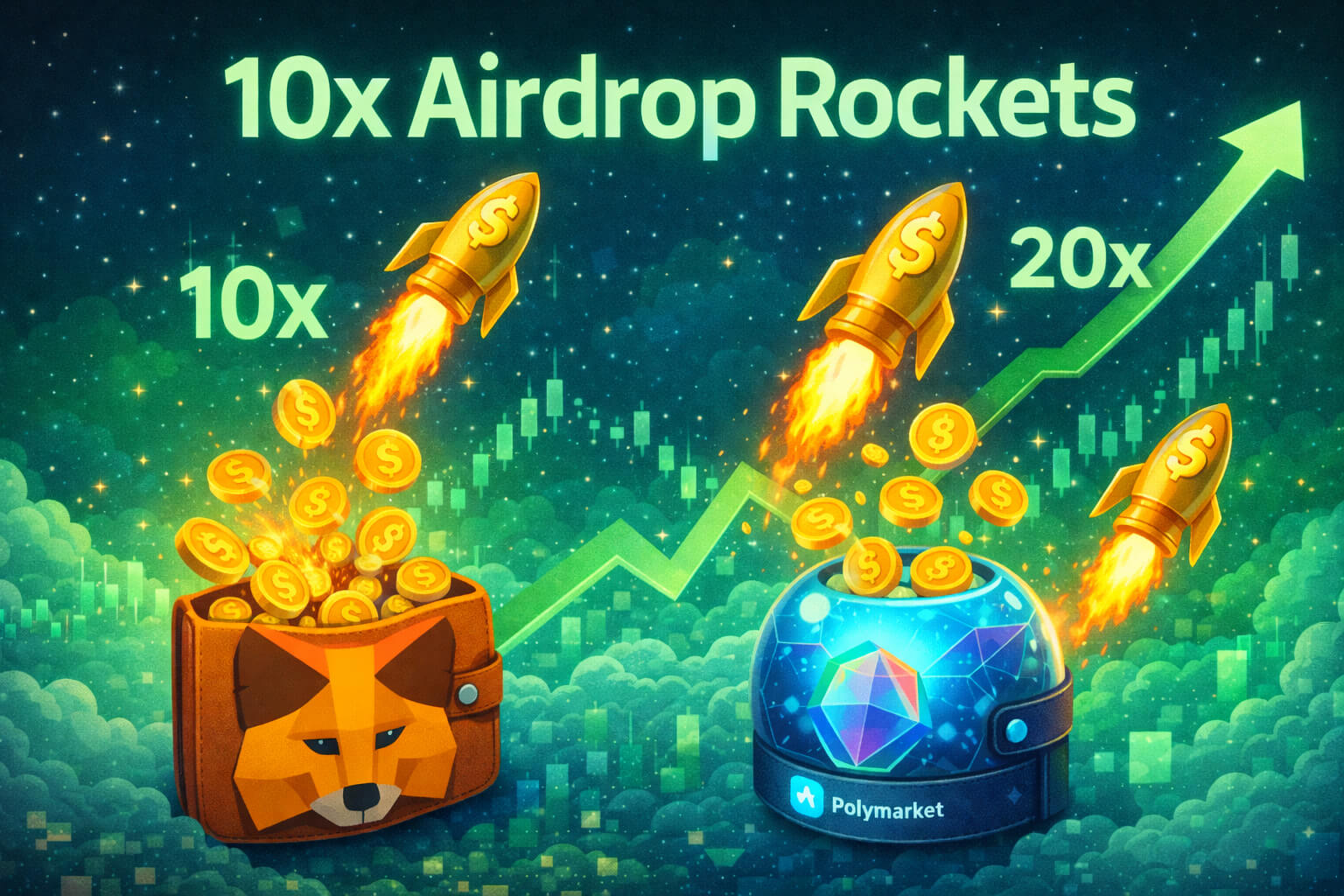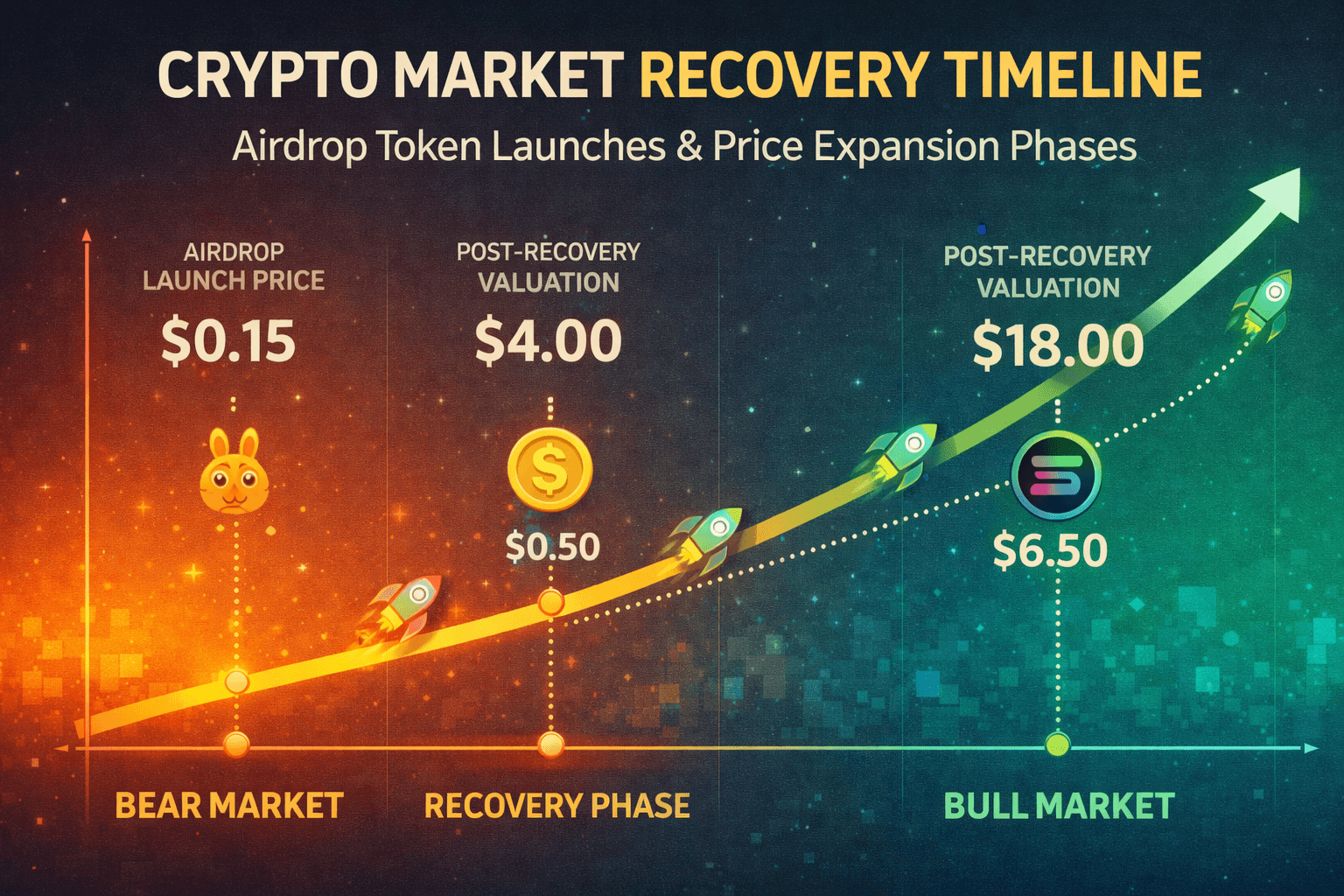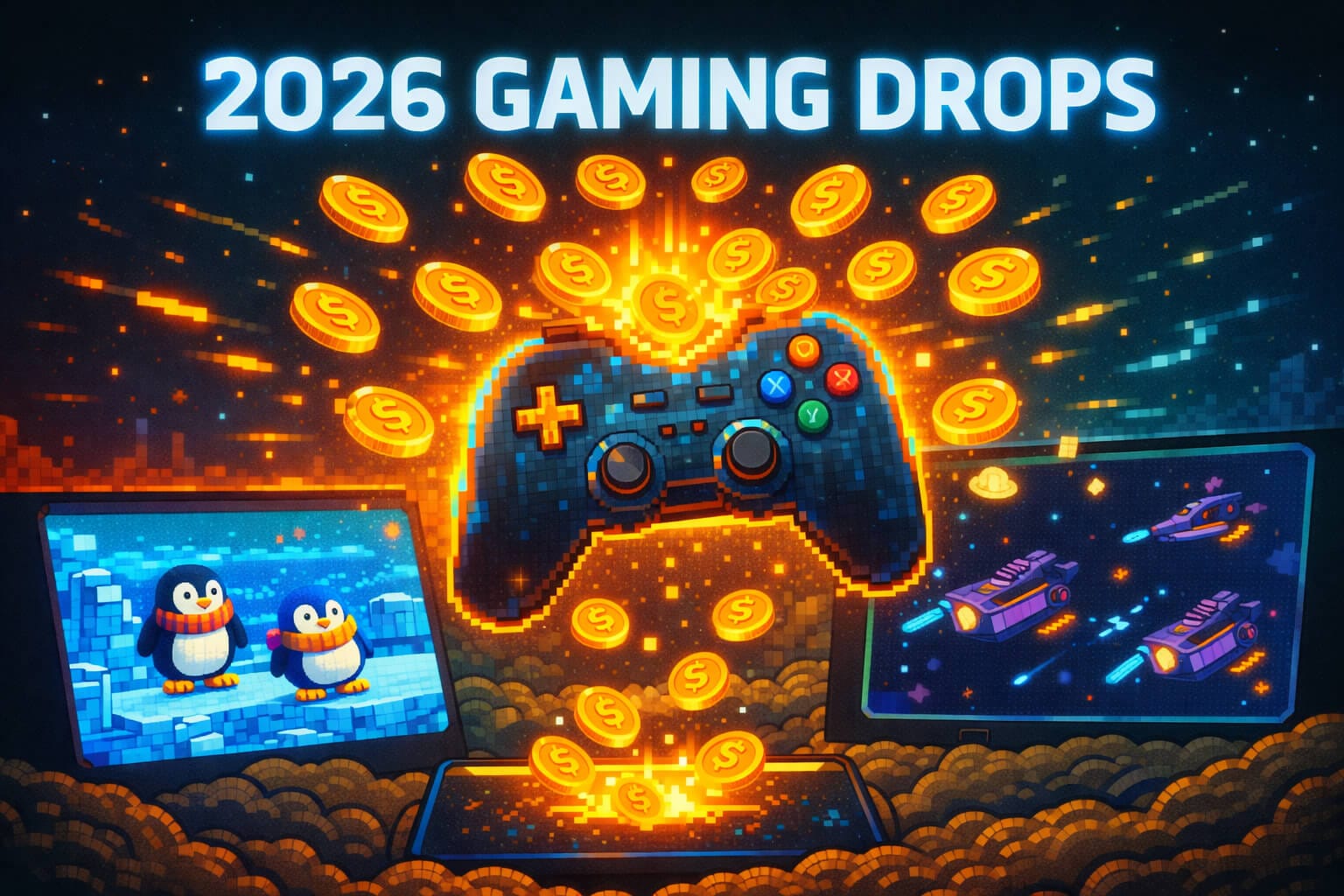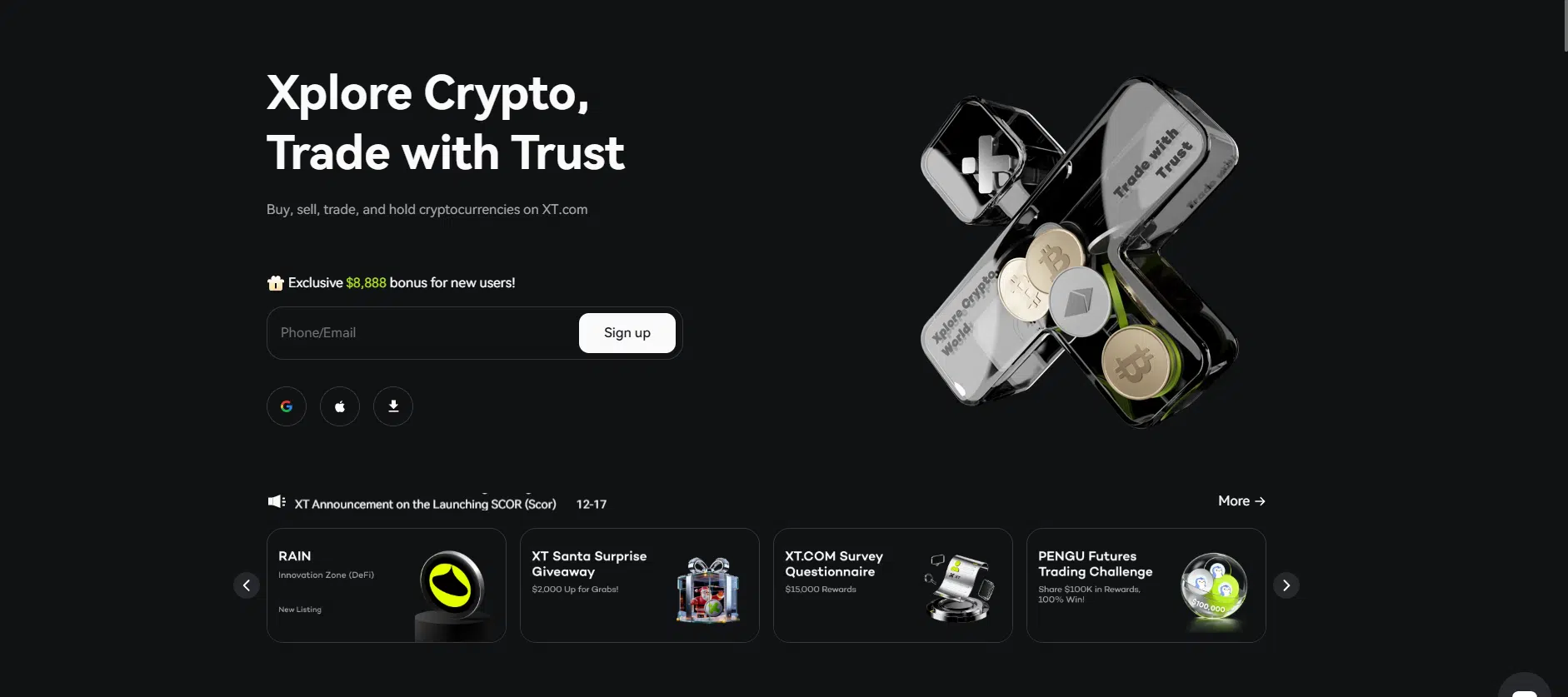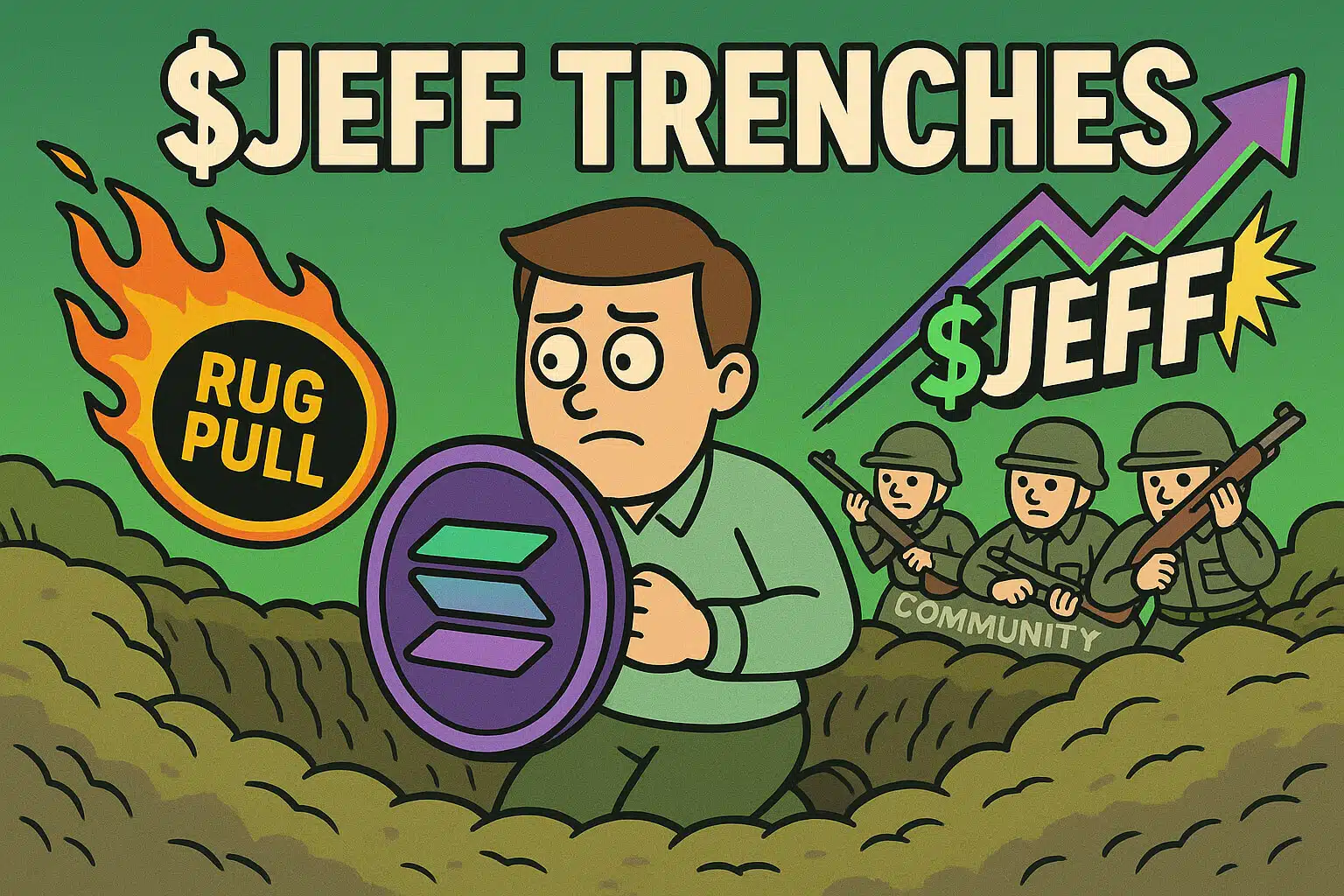As of 2025, Zora is emerging as a key player in the creator economy. The platform enables creators to mint their posts as ERC-20 tokens, which they can then sell and trade. This revolutionary approach gives creators more control over their earnings, bypassing traditional social media models like OnlyFans. With the combination of decentralized technology and blockchain transparency, Zora is making waves. Let’s explore why it’s gaining attention, its market performance, and how it’s shaping the future of digital content creation.
Why Zora is Being Called the “Onchain OnlyFans”
At its core, Zora is empowering creators with a new way to monetize their content. Instead of relying on ads or subscriptions, Zora allows creators to mint images, videos, and text as tradable ERC-20 tokens. Every post on Zora automatically generates 10 million tokens, which creators can list on Zora’s marketplace. Uniswap liquidity pools make these tokens tradable, and creators earn trading fees whenever their content tokens are bought or sold.
This approach is similar to OnlyFans, but with a critical difference: creators on Zora retain ownership of their work. By using blockchain technology, Zora offers transparency and decentralization, ensuring creators can monetize their content without middlemen like YouTube or Instagram, who typically take large cuts.
Zora has already distributed over $27.7 million in creator rewards from secondary sales, showcasing how creators can continue earning passive income from their content over time.
Content as a Financial Asset: Turning Posts into Tradeable Tokens
Zora’s model is radically different from what many creators are used to. Instead of just sharing content on a platform, creators transform every piece of content into a financial asset. By tokenizing their work, creators can now directly benefit from market demand. If their content gains popularity, the value of the tokens increases, and creators earn whenever those tokens are traded.
This financialization of content allows creators to capitalize on their digital labor in a way that traditional platforms can’t match. Unlike platforms that depend on ads or subscriptions, Zora provides creators with an opportunity to profit directly from the market’s value of their content.
Decentralization and Empowerment: The Creator-Centric Platform
Zora operates on the Base network, a Layer-2 blockchain built on Optimism’s stack. This reduces gas fees, making it cheap and accessible for creators to mint content, starting at just $0.10 per post. Zora’s decentralized nature means creators keep more control. They can manage their work, earnings, and creative freedom without relying on centralized platforms.
This digital sovereignty is a major draw for creators who are tired of centralized control. Platforms like OnlyFans may take a significant percentage of earnings, but Zora cuts out the middleman, giving creators the chance to retain 100% ownership of their digital assets. Zora ensures that creators remain the true owners of their content and their profits.
AI Integration: Empowering Creators with Cutting-Edge Tools
Zora is also integrating AI into its platform, enhancing the way content is generated and minted. For instance, creators can now use AI tools to generate content instantly based on text prompts. This enables rapid content creation and adds more flexibility for creators.
AI creators, like those developing models with Stability AI, can now mint their AI-generated content as tokens, creating new avenues for monetization. This integration positions Zora as a platform that doesn’t just cater to traditional creators but also brings tech-focused creators into the fold.
Hype and Buzz: The Growing Attention Around Zora
Zora’s innovative approach has sparked significant buzz in the crypto and creator communities. Social media influencers and crypto experts have highlighted Zora as a potential disruptor to traditional platforms like Instagram and TikTok.
@LukeYoungblood and @jessepollak have pointed out that Zora could change the way creators monetize their content, attracting both institutional investors and smaller players who can benefit from Zora’s low barriers to entry.
The launch of the ZORA token in Spring 2025 generated additional hype, with Bitget Launchpool listing Zora’s token and offering users 26.83 million ZORA tokens for locking assets. This made waves in the crypto community and raised awareness of Zora’s potential.
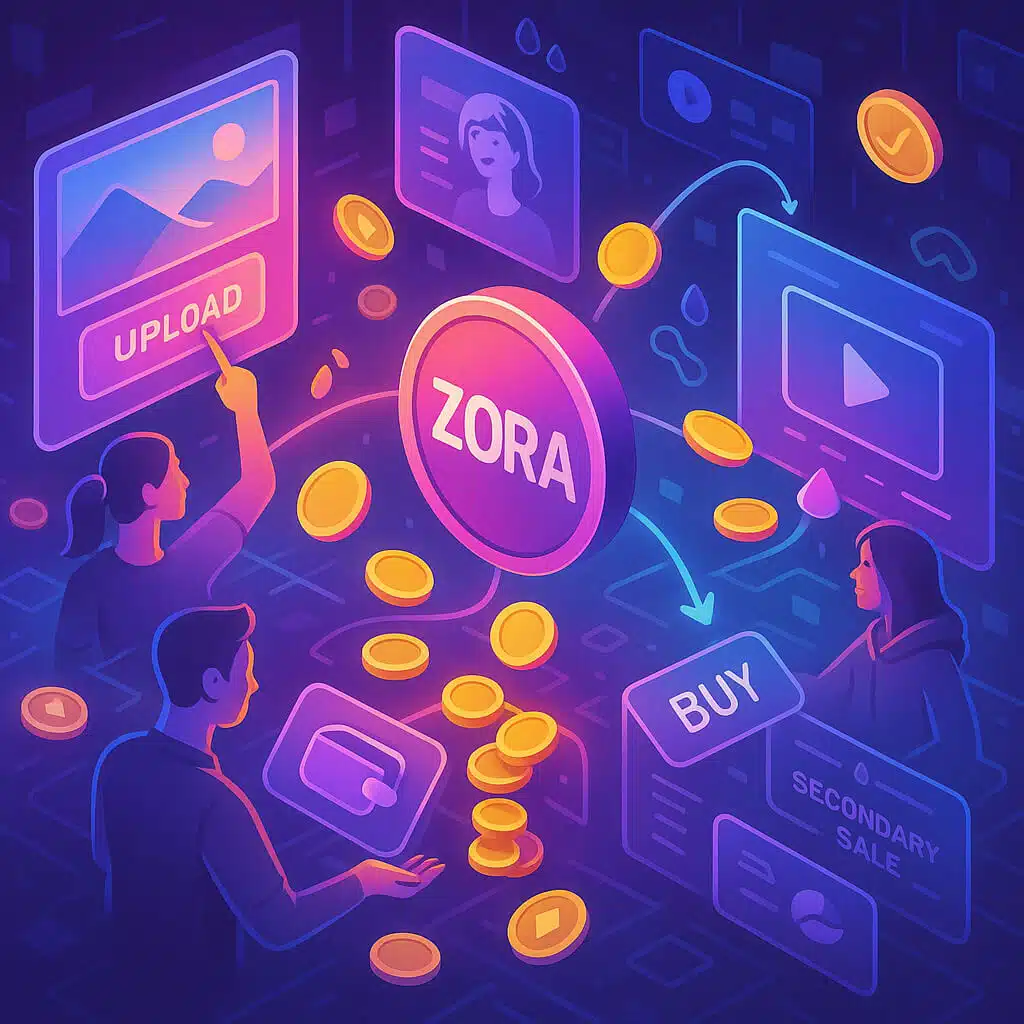
High-Profile Backing and Investment
Zora has attracted prominent investors, including Coinbase Ventures and Paradigm. The company raised $2 million in 2020 and $8 million in 2021, fueling its growth and validating its approach.
Despite some criticisms about its valuation gap and the performance of the ZORA token, the backing from major venture firms has kept Zora on the radar of both creators and investors.
Market Performance: Mixed Results for the ZORA Token
While Zora is gaining traction with creators, its native token, ZORA, has faced challenges. The token launched in Spring 2025 with a $200 million valuation but dropped by 55% in just a few months. By July 2025, the token’s price had decreased to around $0.03687, with a $150 million market cap.
However, despite these setbacks, the platform has continued to thrive, with $376 million in secondary trading volume and $27.7 million in creator rewards. Zora’s market is growing as its Layer-2 network helps lower fees and support more creators.
Adoption Among Creators: Why Zora Is Gaining Ground
Zora’s growing popularity is largely due to its low minting costs, easy-to-use mobile app, and continuous earning opportunities from secondary sales. Creators can keep more of their earnings, unlike other platforms that take a large cut.
With 618,000 creators on board and 2 million users engaging in the platform, Zora is building a vibrant ecosystem. The referral system rewards users for inviting others, helping grow the user base even faster.
Zora’s focus on digital sovereignty and creator empowerment aligns with the values of Web3, making it especially appealing to creators who want more control over their content and profits.
Challenges and Criticism
Despite Zora’s potential, it faces several challenges. The financialization of content has led to concerns about speculation and memecoin bubbles. Some critics argue that Zora might prioritize profits over creativity, potentially undermining the artistic value of content.
Additionally, technical barriers, such as wallet setup and liquidity pool management, could deter non-crypto-savvy creators. Zora’s reliance on major backers like Coinbase Ventures also raises questions about whether the platform is truly decentralized.
Conclusion
Zora’s rise in the creator economy is undeniable. By enabling creators to mint their posts as tradable tokens, Zora is empowering content creators like never before. Despite some market volatility, its low minting costs, decentralized nature, and AI integration make Zora a promising platform in 2025 and beyond.
With growing adoption, major backing, and innovative features, Zora’s creator-first model is attracting a new wave of creators seeking control over their digital assets. As Zora continues to evolve, it could very well disrupt the traditional content monetization landscape, offering a fresh way for creators to profit from their work without relying on centralized platforms.
Want more in-depth analysis and airdrop opportunities? Visit FreeCoins24.io/airdrops to explore the latest free crypto drops.
Stay Updated
Stay in the loop with the latest crypto airdrops, strategies, and tips. Follow us on:
